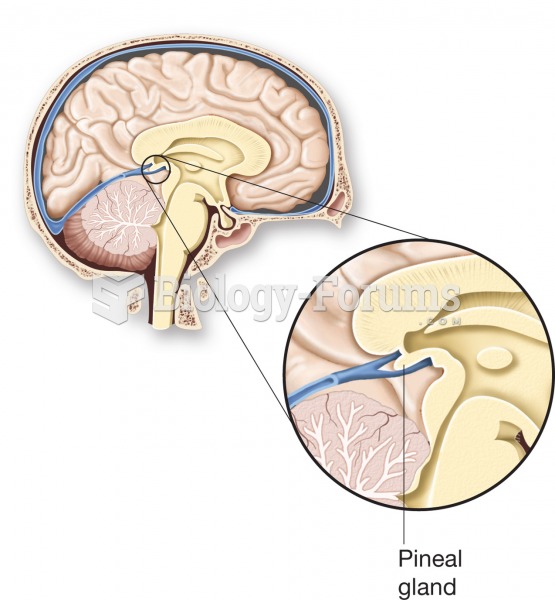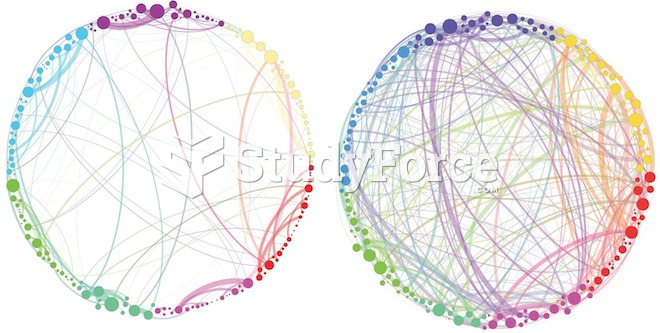Answer to Question 1
cerebrovascular accident
Answer to Question 2
Answers should include (but may not be limited to) the following:
The E/M category domiciliary, rest home (e.g., assisted living facility), or home care services identify the physician's supervisory care for the healthcare received by the patient while in a domiciliary, rest home or home care setting.
Since the supervising physician oversees and coordinates the healthcare services received by the patient. The supervising physician coordinates the plan of care and management options for the patient, which may involve the review of documented content of service, but does not extend to the collection or performance of content of service from the patient directly by the supervising physician.
As a result, the domiciliary, rest home or home care services are specifically related to the coordination of care in person, by phone or other forms of communication with family members, legal guardians, or primary caregivers.
The patient is not required to be present during the supervising physician's coordination.
The E/M category domiciliary, rest home (e.g., boarding home), or custodial care services identify the specific E/M care services the patient receives while in these respective healthcare setting.
Since the patient is receiving direct care for a specific chief complaint or presenting problem, the evaluation and management must be documented in the collected history, and performed physical examination, and medical decision-making.
The patient is required to be present during these E/M services, since content of service must be documented.







